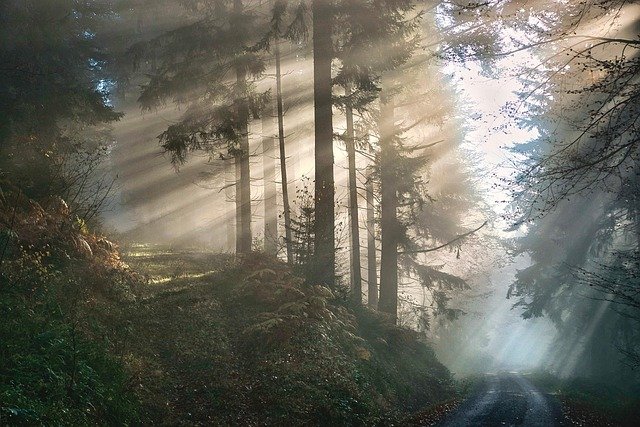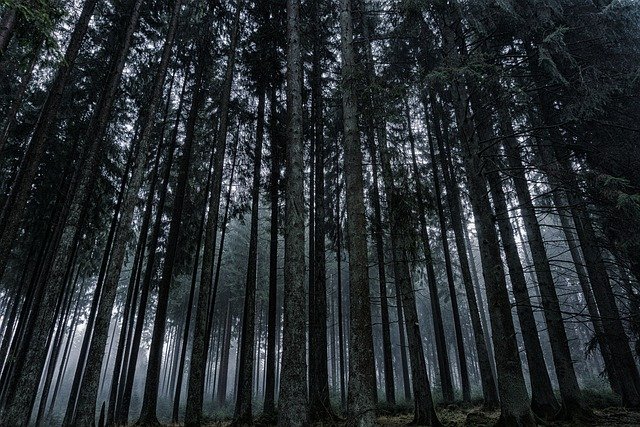**Title: "The Evolution of Storytelling in Video Games

The Secret Lives of Urban Wildlife
Urban environments are bustling hubs of human activity, but beneath the surface of concrete and steel lies a vibrant world of wildlife. From raccoons rummaging through trash cans to hawks soaring high above skyscrapers, urban wildlife has adapted remarkably to city life. In this post, we’ll explore the fascinating behaviors and adaptations of these creatures that share our urban spaces.
The Adaptation of Urban Animals
1. Raccoons: The City Bandits
Raccoons have earned a reputation as the clever scavengers of the urban landscape. Their dexterous paws allow them to open containers and navigate complex environments. With a diet that includes everything from garbage to pet food, raccoons have become adept at thriving in cities. Their nocturnal habits help them avoid human interaction, making them masters of urban stealth.
2. Pigeons: The Sky Dwellers
Often seen as pests, pigeons are actually remarkable survivors. These birds have adapted to urban life by nesting on buildings and foraging for food in parks and streets. Their ability to thrive in various environments, coupled with their rapid reproduction rates, has made them one of the most successful urban species.
3. Coyotes: The Urban Predators
Coyotes are increasingly found in cities, where they have adapted their hunting strategies to include small mammals, birds, and even pets. Their presence in urban areas is a testament to their resilience and adaptability. By using green spaces and parks as hunting grounds, coyotes have carved out a niche in the urban ecosystem.
The Importance of Urban Wildlife
Urban wildlife plays a crucial role in maintaining the ecological balance of city environments. They contribute to pest control, seed dispersal, and even pollination. Understanding and appreciating these creatures can foster a sense of connection to nature, even in the heart of the city.
Benefits of Urban Wildlife:
- Biodiversity: Urban wildlife adds to the biodiversity of cities, creating a more balanced ecosystem.
- Education: Observing wildlife can educate city dwellers about nature and conservation.
- Mental Health: Interacting with nature has been shown to improve mental well-being, and urban wildlife offers a unique opportunity for this connection.
How to Support Urban Wildlife
- Create Wildlife-Friendly Spaces: Plant native species in your garden or community spaces to provide food and shelter for local wildlife.
- Minimize Littering: Reducing waste helps prevent animals from consuming harmful materials.
- Respect Their Space: Observe wildlife from a distance and avoid disturbing their habitats.
Conclusion
The secret lives of urban wildlife are a testament to nature's resilience and adaptability. By recognizing and supporting these creatures, we can create a more harmonious coexistence in our cities. Next time you spot a raccoon or hear the call of a coyote, take a moment to appreciate the incredible lives they lead right alongside us.
Join the Conversation!
What urban wildlife have you spotted in your area? Share your experiences and observations in the comments below!

All images are taken from the Pixabay.com